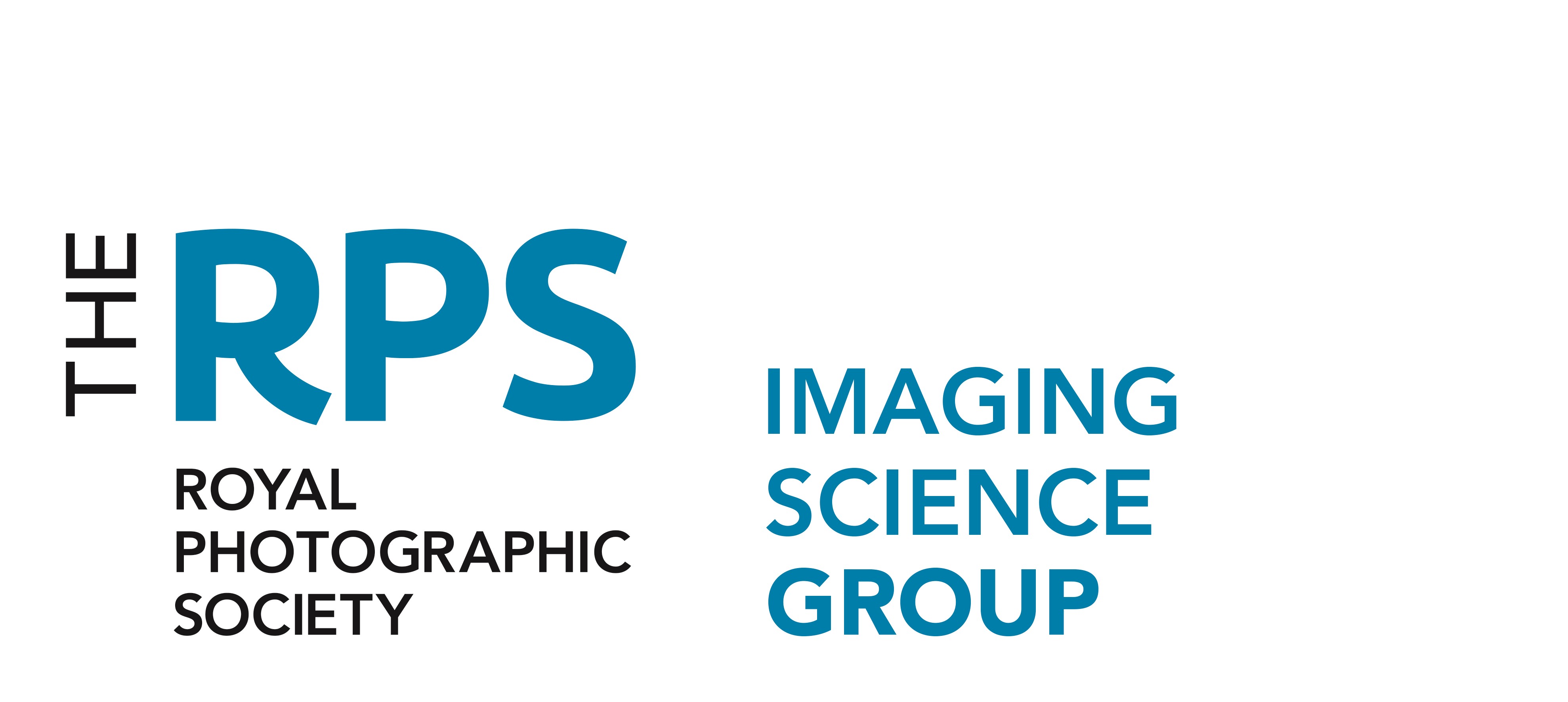GOOD PICTURE 2023 – DIVERSITY OF IMAGING
Following the success of our previous eighteen Good Picture Symposia, the Imaging Science Group of the Royal Photographic Society is organising another in its series of tutorial seminars, open to all, on selected technical aspects of Imaging. The aim of these lectures and discussions is to provide imaging practitioners, keen amateurs and students with insights into Imaging and provide some tools and guidelines for assessing cameras and software thus improving output.
Location: University of Westminster, Regent Street, London
Date: Saturday 2nd December 2023, 10am – 4pm
(Note: There is full disabled access to this meeting)
Charges: £74.00
Concessions: £42.00 (Students, Retired, Un-employed)
Includes buffet lunch plus morning and afternoon tea, coffee & biscuits
(Continuing Professional Development documentation will be supplied if required)
Contact: Apply Directly to the Organiser: Dr Mike Christianson
E-mail: pandm.christianson@gmail.com
Phone: 07814 864 921
PROGRAMME
Dr Graeme Awcock Honorary Fellow, School of Applied Sciences, University of Brighton
An Astronomical Learning Curve! – A Complete Beginner’s Guide to Processing of ‘Backyard’ Planetary Images
Back in June 2021, I finally fulfilled a long-term ambition and bought myself a decent telescope. It was a 2006 vintage 8-inch Celestron GOTO SCT, bought second-hand with advice from members of an Astronomy Society. Even over a lock-down Zoom call it was obvious that if you ask a bunch of Astronomers which telescope to buy, you will get as many answers as there are people. Moreover, when I revealed my desire to share images from my observations you could hear the sharp intake of breath that warned of significant difficulties and/or expense! However, this presentation will give a guided tour of my joyous journey to discovery that even complete beginners can achieve astonishing images of the spectacular planets in our solar system from their back-garden. Even better, this can be achieved with the aid of extraordinarily competent software that is freely available to use.
Chris Harvey Technical Director, Viewport3 Ltd.
How Many Pixels Does it Take to 3D Scan a World War II Submarine?
A new era has begun in the world of 3D scanning. Utilising digital cameras, software and good old trigonometric calculations we can recreate an object’s shape, form, colour and texture. This presentation for the Good Picture Symposium 2023 is based on works conducted nearly 1000 meters under the sea; from planning, capture, processing to delivering a full suite of outputs with a discussion based on photogrammetry needs, wants and possibilities.
Prof Toby Breckon Department of Computer Science, Durham University
Imaging Technologies Within Driverless Cars - the Technology Being Driven to a Street Near You
It appears autonomous vehicles (driverless cars) may become one of the most significant changes to the way we travel in over 100 years. Central to this fast-moving technological development is the use of imaging technologies – how can vehicles 'see' the world around them? and image understanding – how can vehicles understand imagery of the world around them? Advances in this area present many opportunities and implications for our daily lives. This talk will explore current trends in on-vehicle sensing, outline the underlying scientific advances that underpin driverless car technology and also some research challenges that remain to be addressed including research work at Durham on automotive visual sensing, More broadly, the talk will discuss wider technological developments in the field and the potential impacts of future driverless vehicles appearing on our roads and beyond.
Prof Sophie Triantaphillidou and Adela Shah University of Westminster
Bridging the Gap Between Image Quality and Aesthetics
The talk will first discuss scene-and-process-dependent imaging performance and visual performance measures and how these can be used to model visual image quality. Such measures substitute traditional test charts with digital image captures for the purpose of digital imaging system as well as visual system characterisation. It will then introduce more recent work that uses computational means to understand the evolution of photographic aesthetics over the last 4-5 decades and will discuss how such means can also be used in image quality modelling.
Prof Adrian M K Thomas School of Allied and Public Health Professions, Faculty of Medicine, Health, Social Care, Canterbury Christ Church University
Recent Advances in Radiology
Radiology is essentially a photographic discipline, and its development has mirrored those in light photography. Transformations occurred following automatic processing and recently digital radiography brought in previously undreamt of applications. The radiological world, along with photography, is now entering another revolution with the application of Artificial Intelligence, however the essential question remains the same as in the 1890s: what is the relationship between image, reality and interpretation?
John Smith University of Westminster
The Treachery of Images: Tales From Forensic Science
Part life-story and part reflection on many years working in forensic science and photography education, I will take a tour through a selection of images that illustrate a long fascination of, and also frustration with, the question of objectivity within photography, imaging, and forensic investigation. On the one hand it is expected that images will portray a true and accurate representation, but on the other hand photography and image processing are employed to visualise things which would otherwise be invisible. Furthermore, when human perception is subjective and fallible, is a true and accurate representation ever achievable? And is there any agreement on what constitutes a good picture?
Dr Avijit Datta York and Scarborough Teaching Hospitals
Digital Imaging Techniques to Elucidate the Pathology of COVID-19 and Long COVID
Covid-19 infection led to multiple organ failure. Long COVID is prevalent in working age adults; 2-4% of that population are affected. I will discuss database analysis and new imaging techniques, including Hyperpolarised MRI, to elucidate pathological mechanisms and facilitate potential treatments.
Image: Radiograph - Hand with ring, by Adrian Thomas


